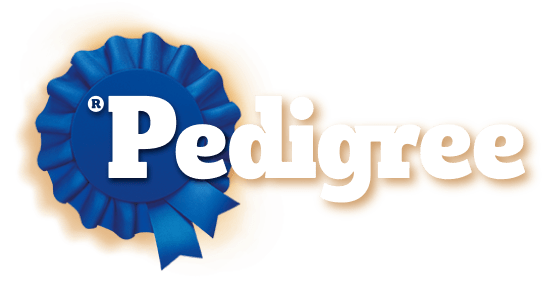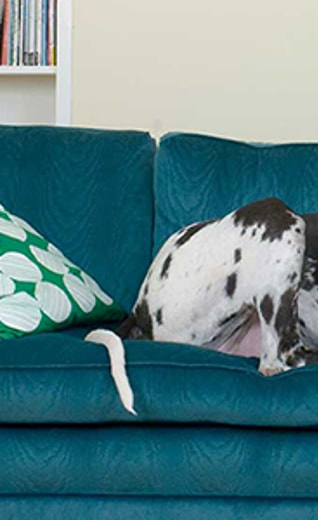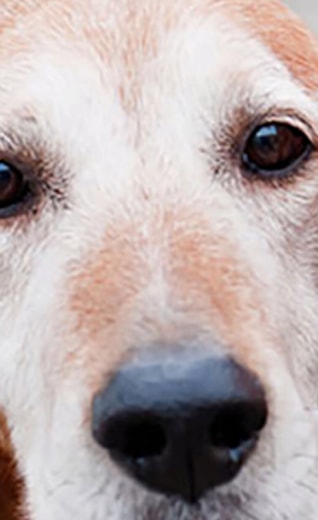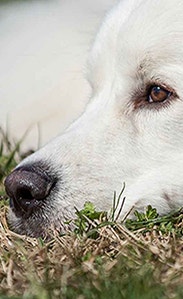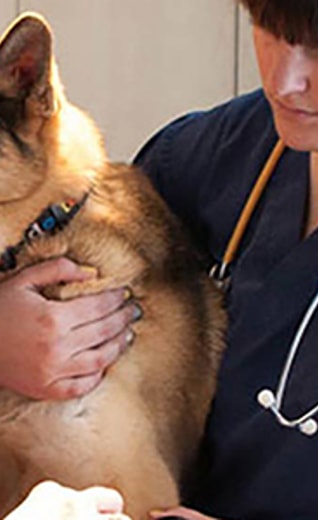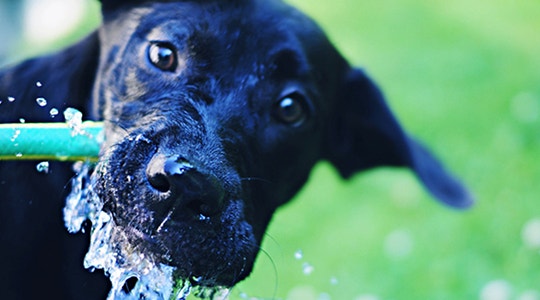
Keeping Your Canine Cool This Summer
The sun is up—and your heat-alert level should be up, too. Especially if you own an older dog that is less likely to tolerate extreme summer temperatures. If your dog is panting heavily, salivating, or foaming, he may be having a heat-related problem. Get your dog to a cool location, provide small drinks of cold water, and, if he doesn't improve within a few minutes, contact your veterinarian. Here are some other tips...
Groom him for summer. A shorter summer clip is fine for many dogs, but resist the urge to give your dog a buzz cut. His fur is part of his natural insulation system that keeps hot air out during summer. Also, shaving your dog's coat too short can put him at risk for sunburn.
Make sure he has a shady spot to relax in. If your dog spends a lot of time outside in the summer, provide him with a sun-sheltered area—or a pet door, so he can go inside when he wants. Like you, your dog loves a shady spot on a baking-hot day.
Think inside the house. Keep your dog indoors when you go out for more than an hour. If possible, restrict him to rooms with either air conditioning or a fan—but make sure the fan is out of his reach.
Keep his bed cool. Remove cushiony bedding from your dog's crate or bed. He may be more comfortable lying on the cooler bottom rather than on blankets or fleece. You can also take a look at the new-fangled cooling mats in your local pet specialty store. Some of them use water-activated crystals to keep the mat, and the dog lying on it, cool.
Provide plenty of fresh water. You're not the only one who enjoys a nice drink of refreshing water on a hot summer day. And if you take your pooch out for walk on a hot day, be sure to carry water and a drinking bowl for him. Speaking of going for a walk...
Save walks and exercise sessions for cooler hours. Schedule walks for early morning or after the sun goes down. Your dog will appreciate the cooler temperatures.
Never keep your dog in a car on a hot day. Even if you're parked in the shade with the windows down a little, the temperature could rapidly rise to a dangerous level.
Keep toilet lids down. This is the time of year when dogs are tempted to drink the cold water from toilet bowls. So keep the lid down and always try to avoid chemical cleaners and fresheners that stay in the bowl.
Check the ground for hot spots. Blacktop can get scorchingly hot for your dog's pads. Touch the surface yourself—if it's too hot for you, it's probably too hot for your dog.
Hose him down. Try a gentle spray of cool water. Keep in mind it may take you a few tries before your pooch enjoys the experience. If all goes according to plan, he'll feel happy and refreshed once he's all nice and wet.
Check out the latest cooling collars. Your local pet specialty store might stock cool collars. Just fill them with ice and, while the ice melts, it helps keep your dog cool and refreshed.
